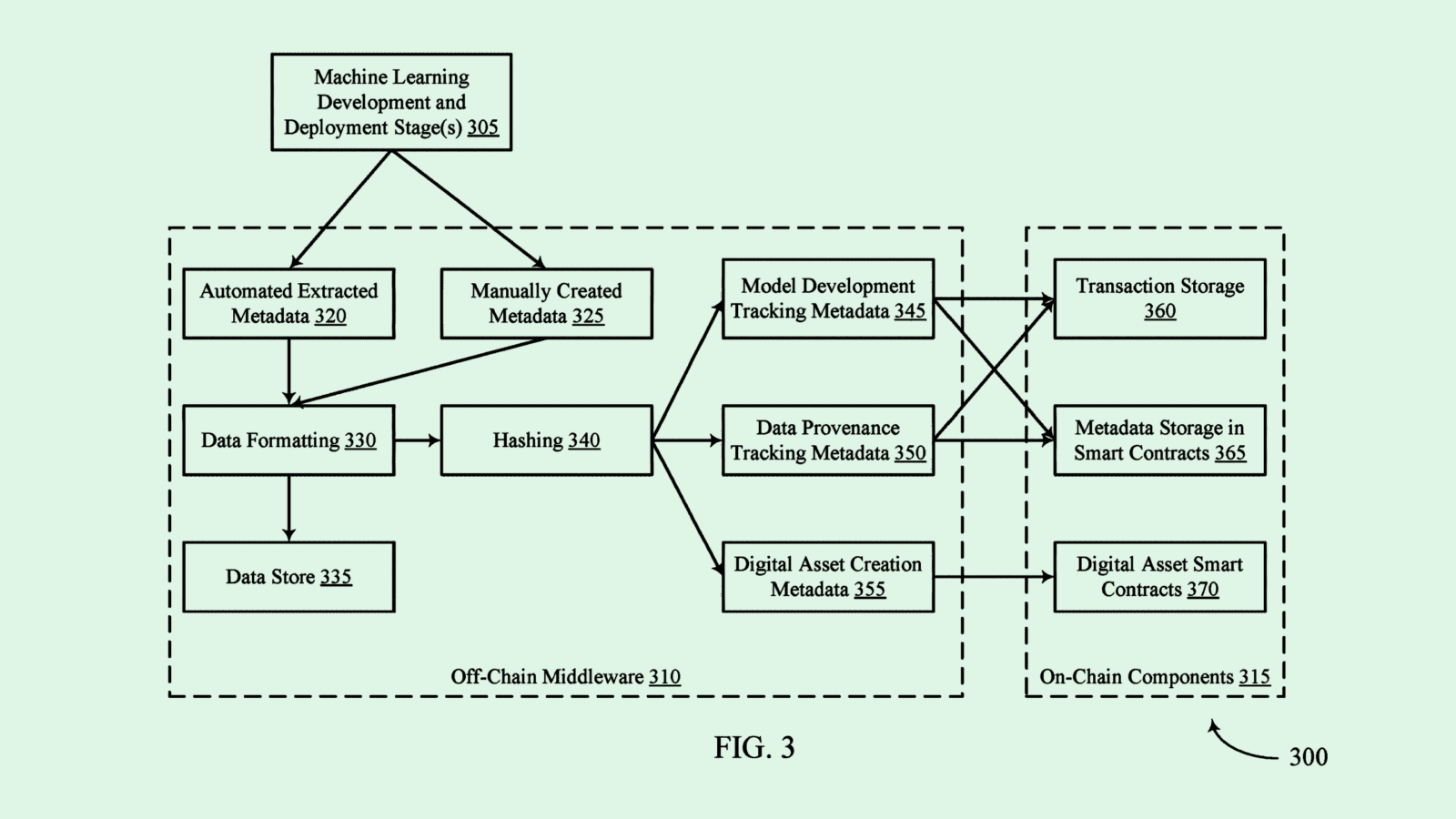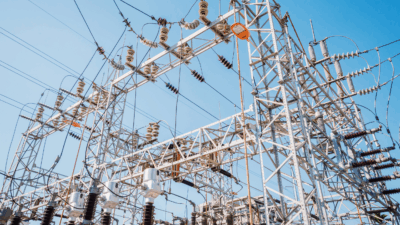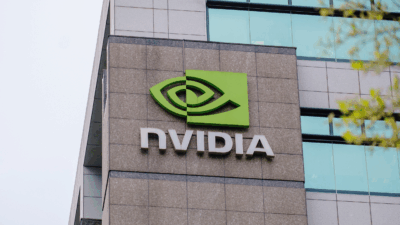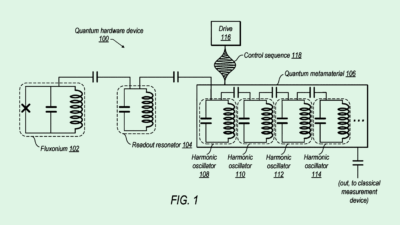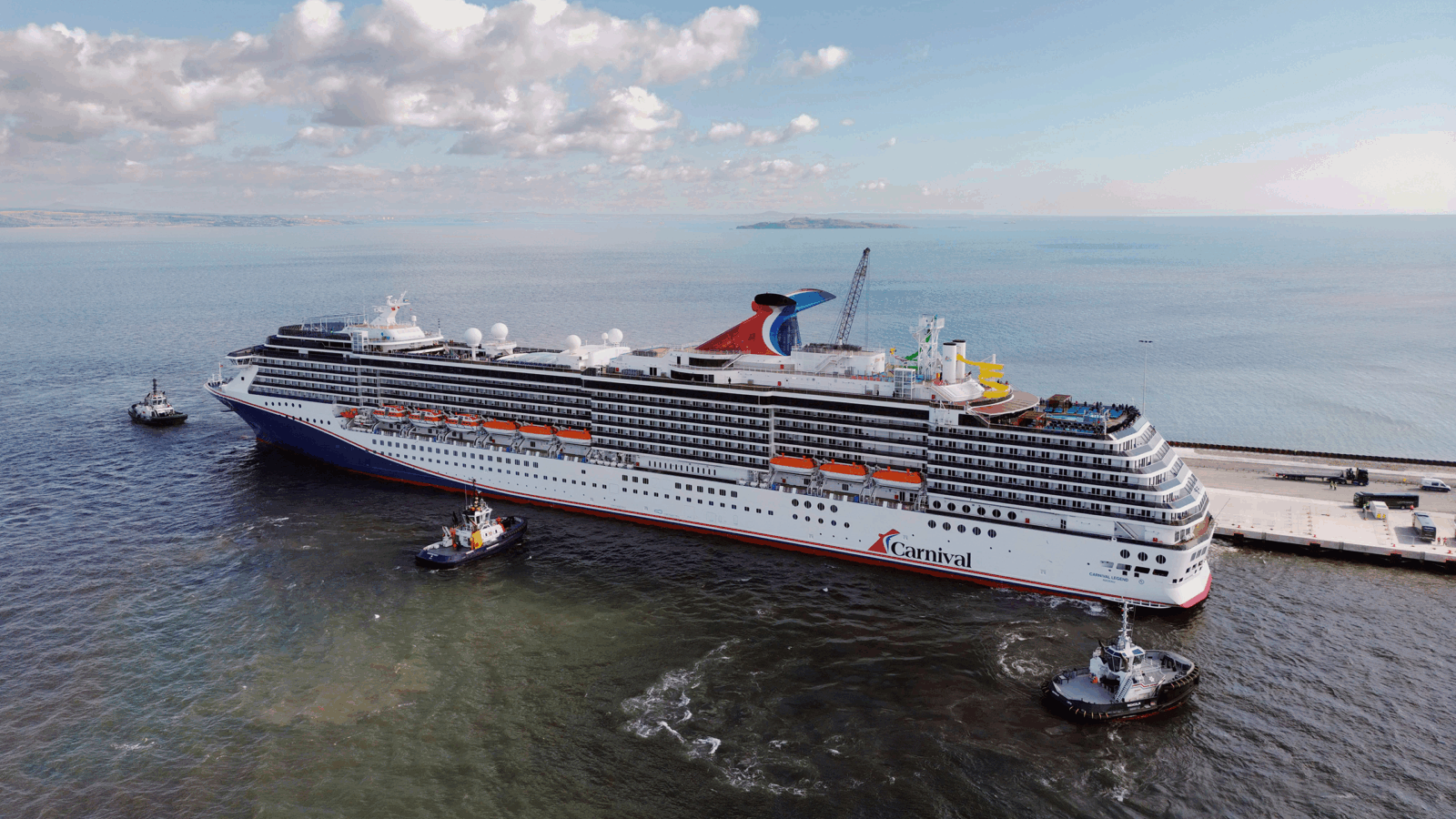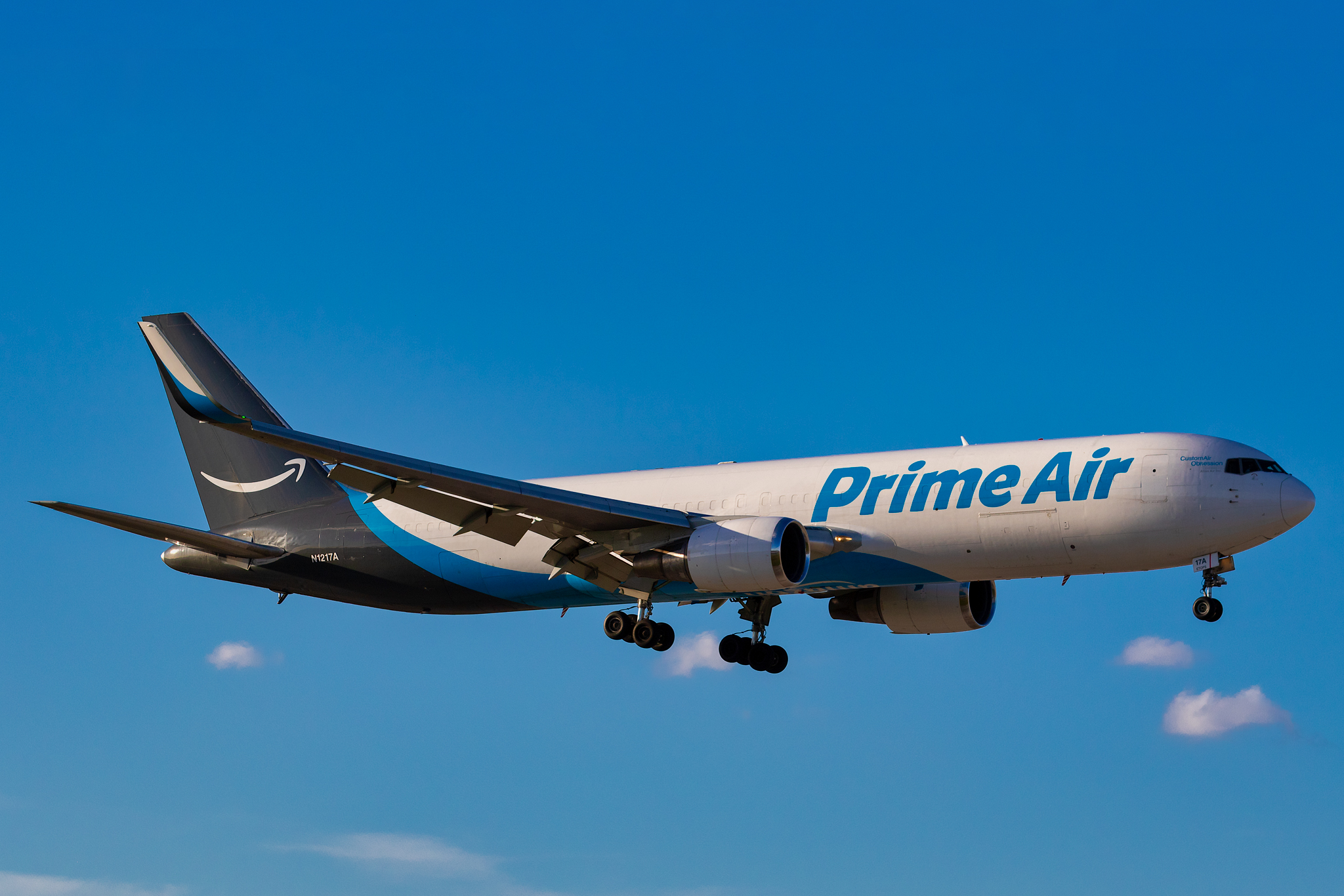
Sign up for smart news, insights, and analysis on the biggest financial stories of the day.
It’ll be a while before that long-promised drone alights on your doorstep with your Amazon purchase.
Amazon Prime Air, the e-commerce titan’s drone-based delivery service, lost two crucial executives this week, including its chief pilot and head of test operations. Amazon Executive Chairman Jeff Bezos wanted a beta test of the service to be flying to customers’ doors by mid-2024, an ambitious deadline that now seems even more so. Bezos, however, does tend to move the goalposts: he originally promised deliveries in 2018.
Air Mail
CNBC reported this week that Prime Air’s chief pilot Jim Mullin and test operations manager Robert Dreer both left the venture in recent months. A former Marine Corps director of attack helicopters, Mullin had worked for Amazon for more than 7 years.
Even if Amazon hasn’t cracked the technology just yet, the market still has potential. At the time of a March 2022 McKinsey analysis, there were more than 2,000 commercial drone deliveries a day. Sixty percent of Americans said they’d use a drone shipment if it was available, though only 17% of US consumers said they’d pay extra for fast drone shipping.
Prime Air’s competitors include Palo Alto, California-based Wing, San Francisco-based Zipline and London’s Skyports. Amazon could acquire one or several of these competitors to boost its struggling business, but there are no definitive signs of a deal on the horizon:
- Amazon laid off 18,000 people in January, and a “significant number” were Prime Air staffers.
- Per CNBC, Prime Air completed only 100 deliveries between California and Texas as of this past May, a far cry from the annual goal of 10,000.
Catch-up Regulation: Drone deliveries are still not completely regulated and government oversight could change how Amazon Prime Air and others are allowed to operate. The FAA controls drone flights, and has already slapped Amazon’s wrist for skirting investigations into crashes. Amazon is testing its latest drone, the MK30, expected to release this year. But by the time it scales up the fleet, there could be guardrails in place making it even costlier to operate.
